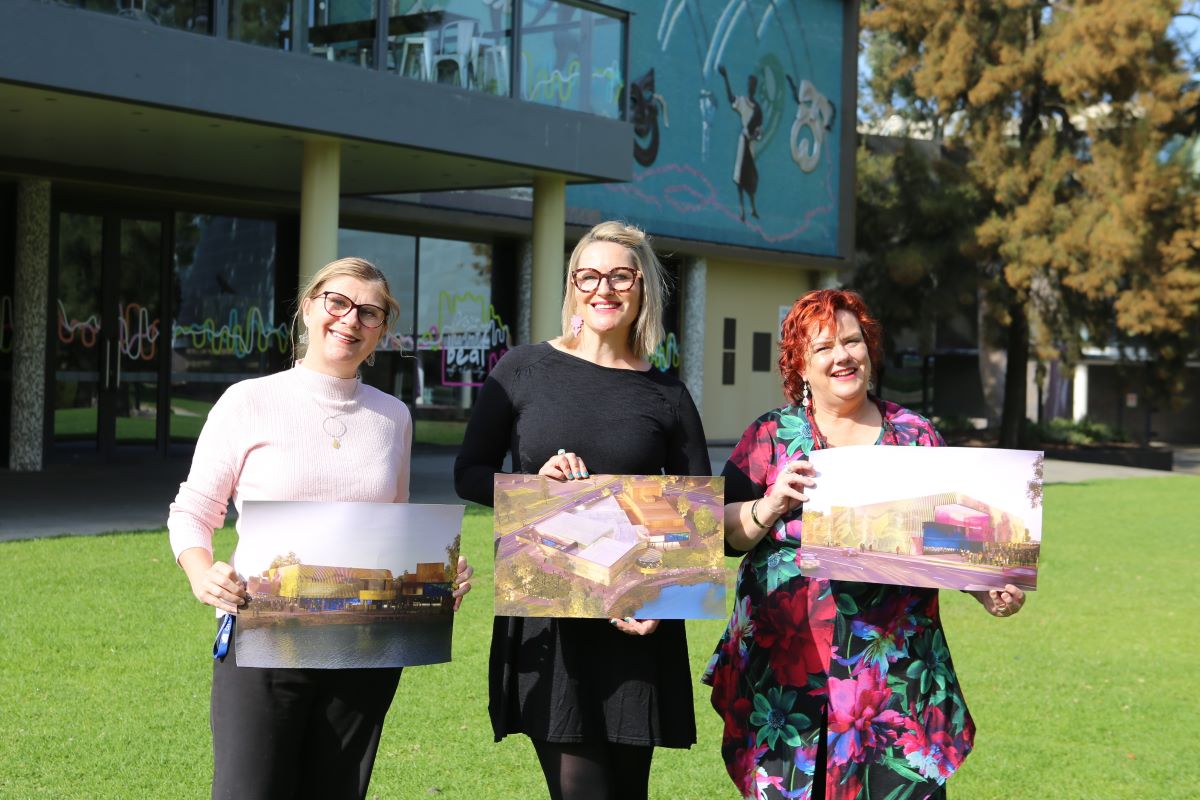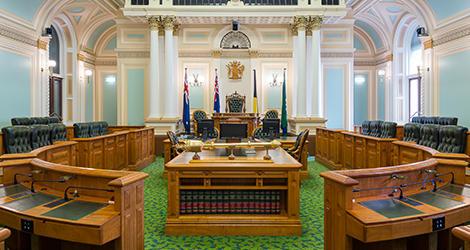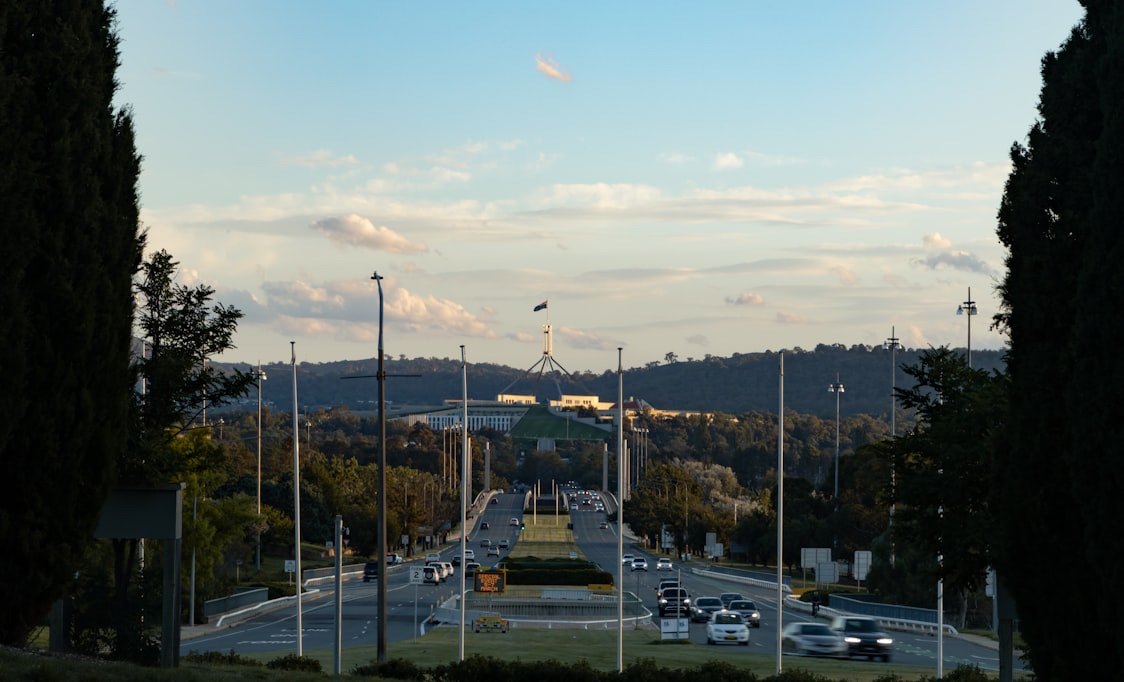High school completion rates for young Indigenous people in our major cities have jumped by 21 per cent over this decade – but rates have gone backwards in regional areas.
That trend worries universities and Indigenous leaders, who are concerned the slide could put at risk the strong gains of the past decade in Indigenous university access and attainment.
And there is still a 15 per cent gap overall in high school attainment between Indigenous and non-Indigenous young people.
Universities Australia and the National Aboriginal and Torres Strait Islander Higher Education Consortium said they were concerned at the future implications from the latest figures.
Universities Australia Chief Executive Catriona Jackson said the gulf in high school completions for young people in regional and remote areas – revealed in the Closing The Gap report this week – must be a major focus.
“City kids are now almost on par with non-Indigenous Year 12 students,” she said,
“But the gap – and the potential number of kids on a pathway to university – widens significantly the more regional and remote you go.”
NATSIHEC President Dr Leanne Holt said it was particularly concerning because a university education eliminates the gap in employment rates for Indigenous people.
“Having a degree opens so many doors – including to good jobs and terrific opportunities,” she said.
“We have to turn that picture on high school completions around so our young people in the regions and remote communities can also access those opportunities.”
The Closing the Gap strategy set a target to halve the gap between Indigenous and non-Indigenous children with a Year 12 education.
Overall high school attainment for Indigenous young people rose from 45 per cent to 66 per cent from 2008 to 2018 – compared to 91 per cent for non-Indigenous students.
That big gain reduced the gap with non-Indigenous young people from 40 per cent to 25 per cent.
But attainment rates actually fell slightly for young Indigenous people in regional areas.






